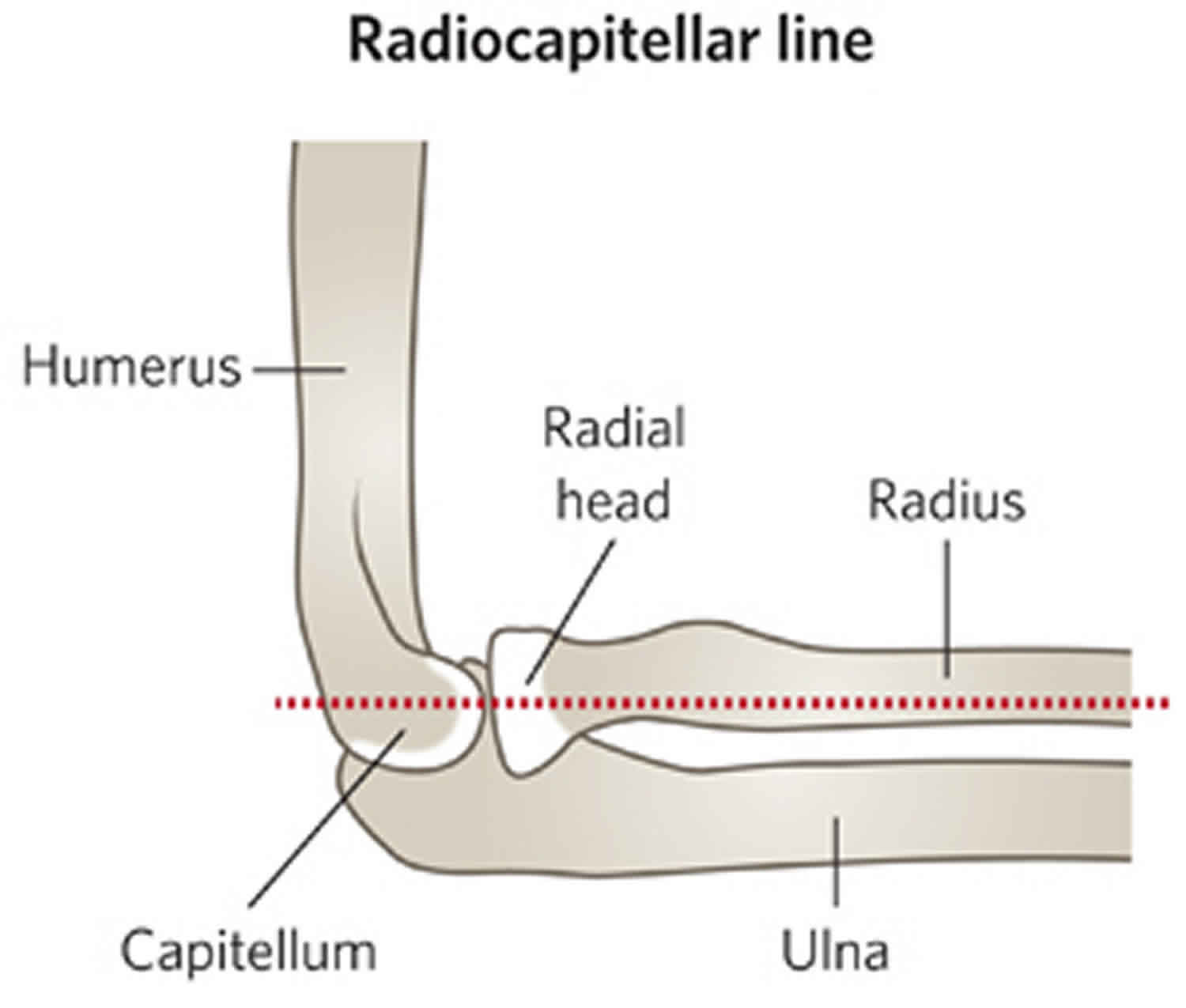

Shaft (Body): Narrow handle-like part of ilium.Wing: Expanded cranial portion of the ilium.Ilium: Craniodorsal bone of the os coxae divided into wing and shaft.Iliopubic Eminence: Demarcates the ilium from the pubic bone and serves as attatchment site for the prepubic tendon and inguinal ligament.Schiatic nerve and cranial gluteal vessels pass over this notch. Greater Ischiatic Notch: A notch found on the dorsal border of the body of the ilium.Articular Surface: Articular surface for sacrum.Lunate Surface: Articular half-moon shaped articular surface.Acetabular Fossa: A non-articular depression portion of the acetabulum used for the attachment of the ligament of the head of the femur.Acetabulum: A large articulation area with the head of the femur, and divided into Acetabular fossa, Lunatesurface.Acetabular Notch: Notch found on the ventral aspect of the acetabulum.Teres Minor Tuberosity: A proximal lateral tuberosity used for teres minor muscle attachment.Supratrochlear Foramen: The hole between the radial and olecranon fossae found in the dog (occasionally in the pig).Radial Fossa: Cranial depression that accommodates the head of the radius during the flexion of the elbow joint.Olecranon Fossa: Caudal depression that houses the olecranon during the extension of the elbow joint.Neck: Constricted portion just below the head.Medial Epicondyle: Located medial side of the condyle for the attachment of medial collateral ligament and flexors of the carpus and digits.Line of Triceps Muscle: A raised area between linking the teres minor and deltoid tuberosities.Lesser Tubercle: Smaller prominence located on the medial aspect of the head.Lateral Epicondyle: Located on the lateral side of the condyle for the attachment of the lateral collateral ligament and the extensors of the carpus and digits.In life covered by cartilage to facilitate the smooth movement of the tendon of the biceps brachii muscle. Intertubercular Groove: The groove between the greater and lesser tubercle allowing the passage of the tendon of origin of the biceps brachii muscle.Features of the condyle include capitulum, trochlea, radial and olecranon fossae, and the lateral and medial epicondyles. Humeral Condyle: The distal extremity of the humerus.Head: The rounded proximal part that articulates with glenoid cavity of the scapula forming the shoulder joint.This prominence forms a palpable feature known as the point of the shoulder on a live animal. Greater Tubercle: Large prominence located craniolateral to the head.Deltoid Tuberosity: The tuberosity on the lateral proximal half of the humerus for the attachment of the deltoideus muscle.It serves as a point of attachment for supraspinatus muscle. Supraspinous Fossa: A depressed area cranial to the spine.This process serves as a point of attachment for the biceps brachii muscle. Supraglenoid Tubercle: A cranially pointing process found close to the cranial aspect of the glenoid cavity.


Acromion: An enlarged distal end of the spine.


 0 kommentar(er)
0 kommentar(er)
